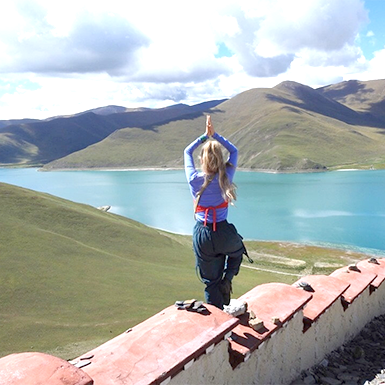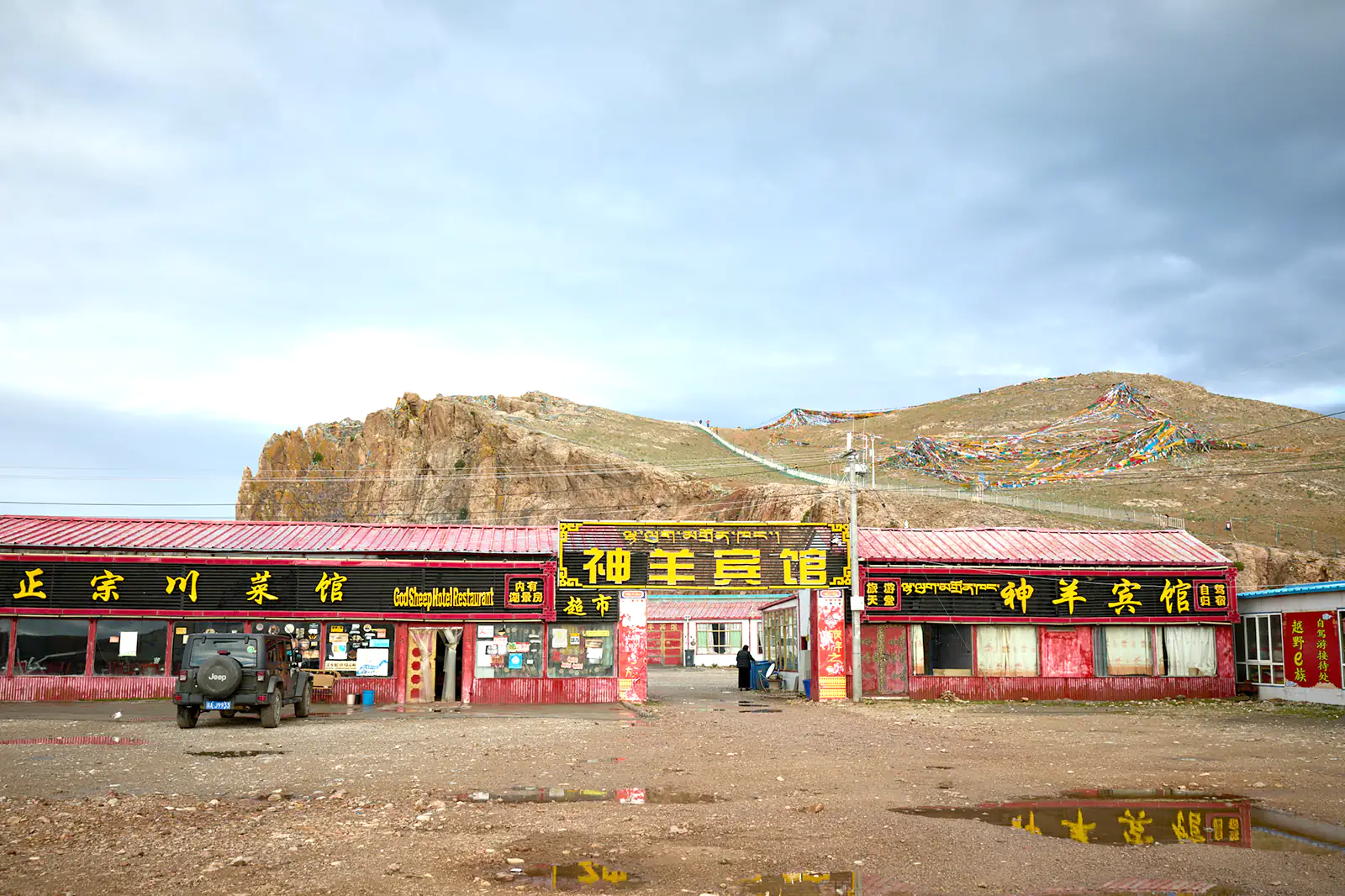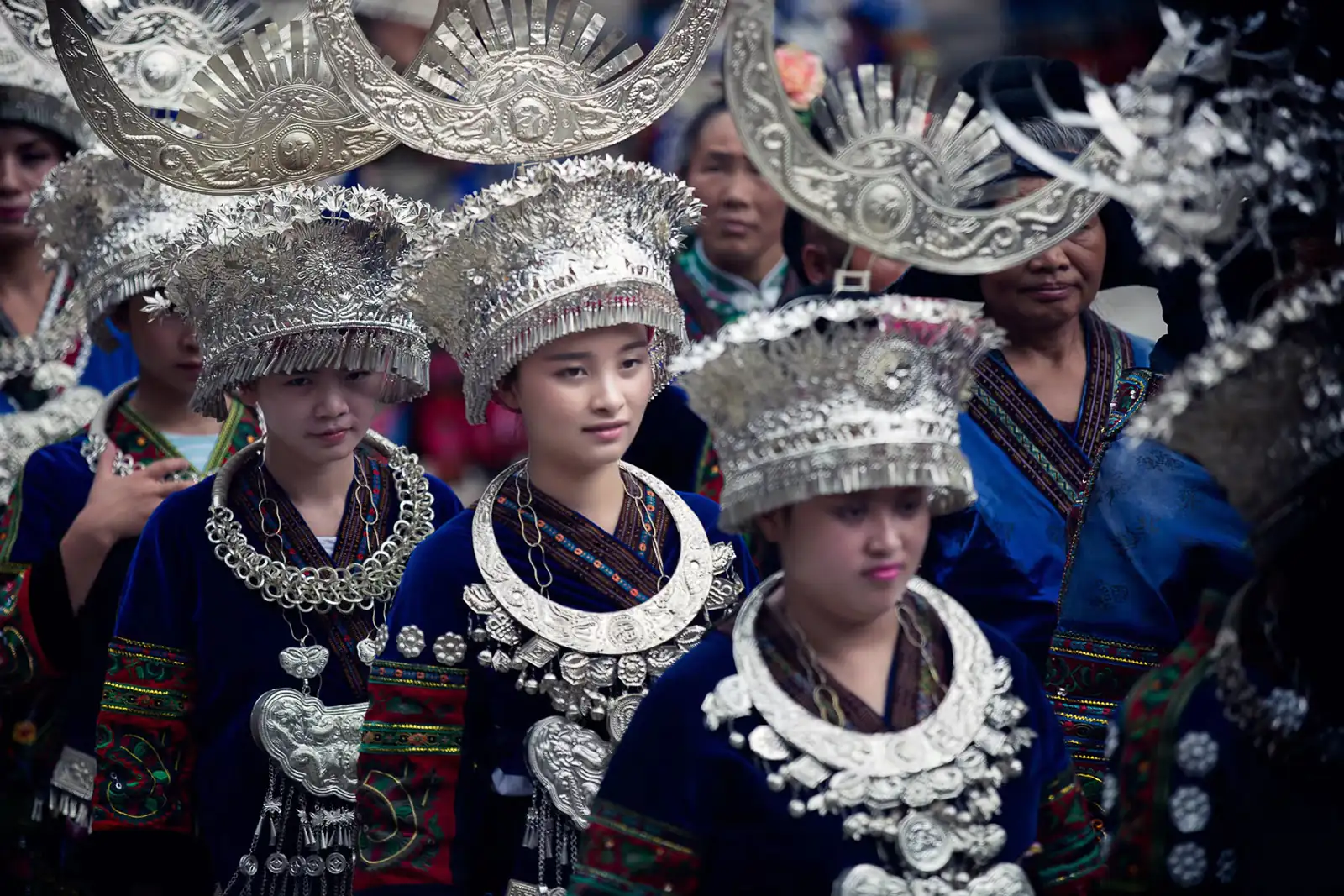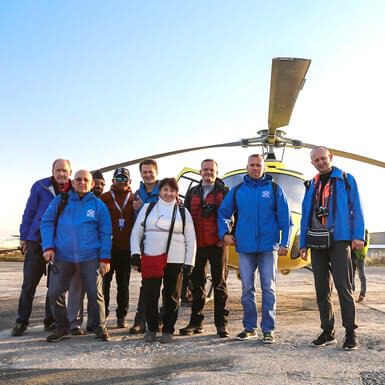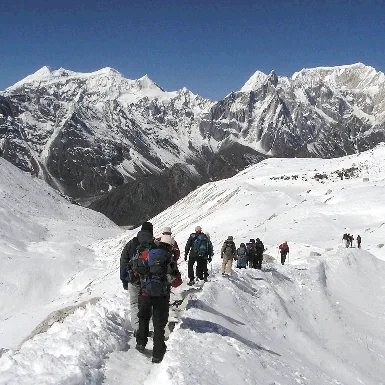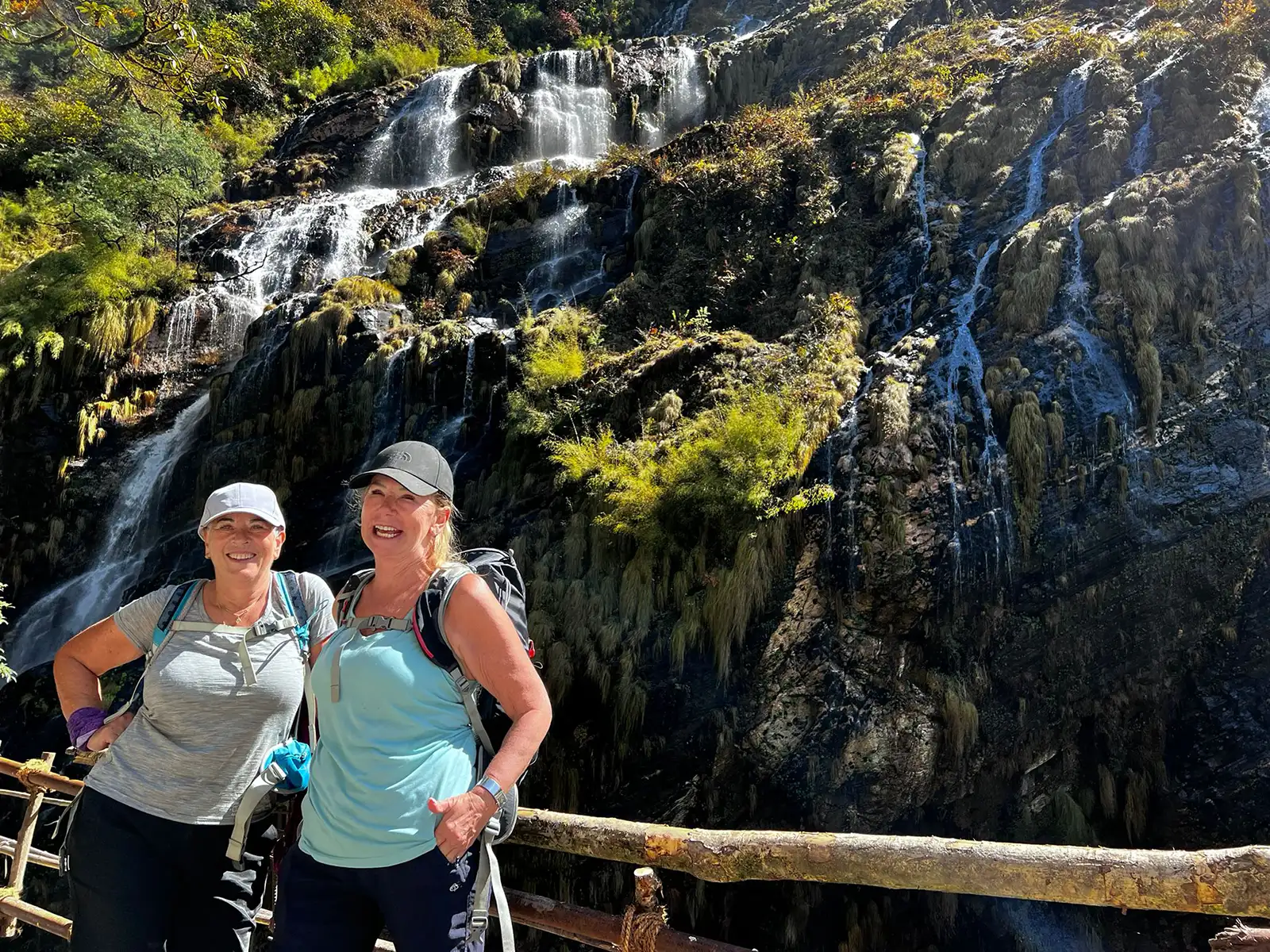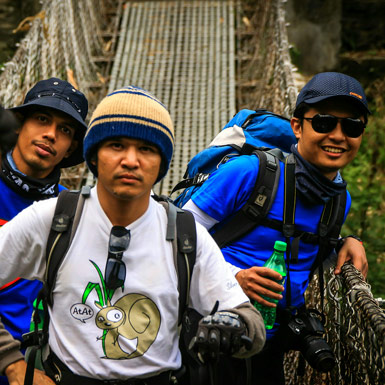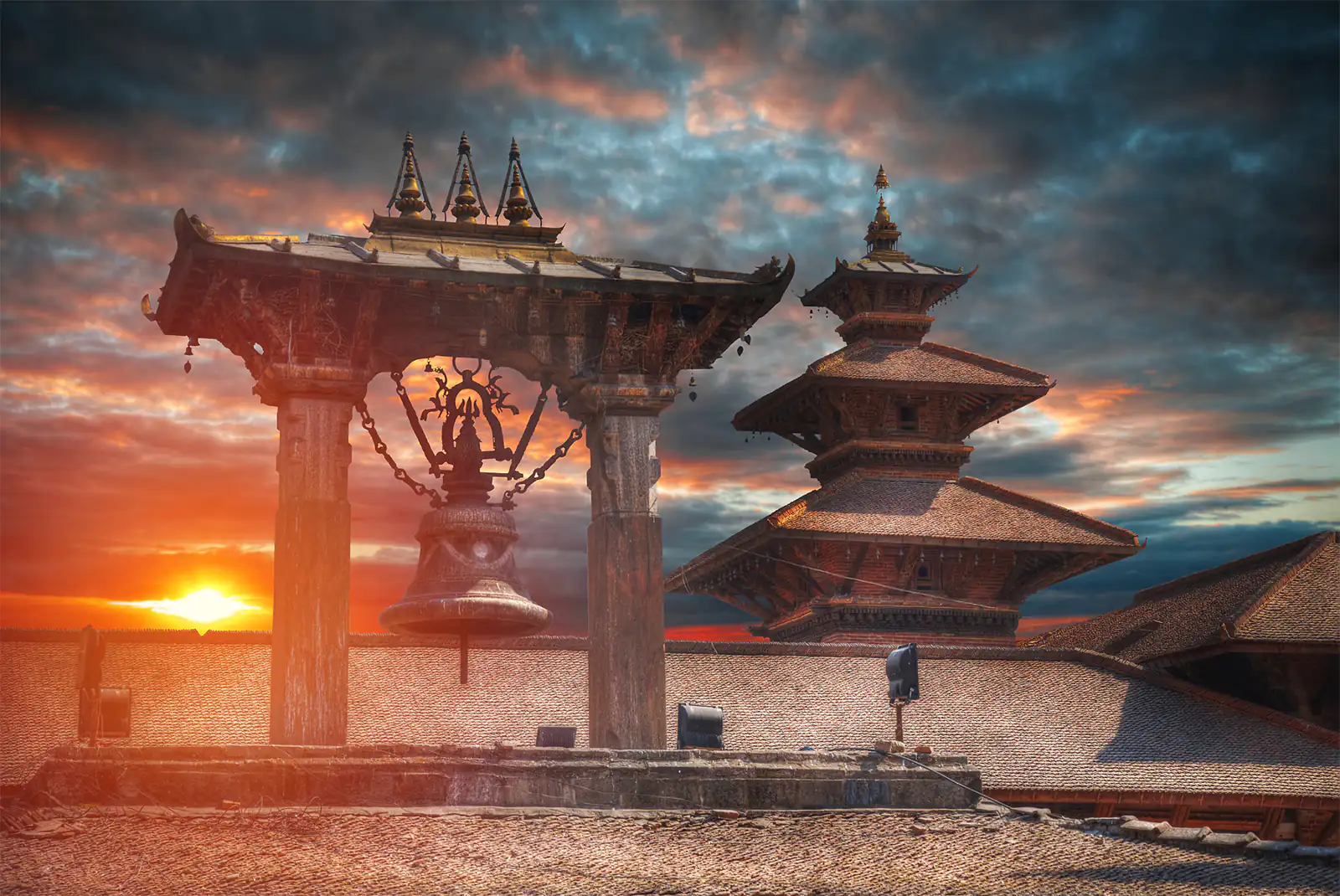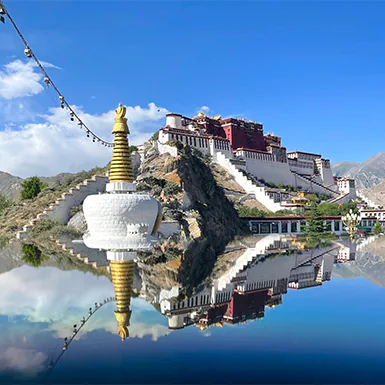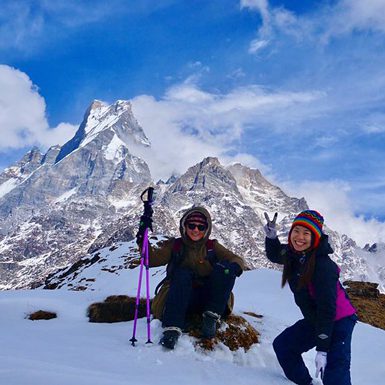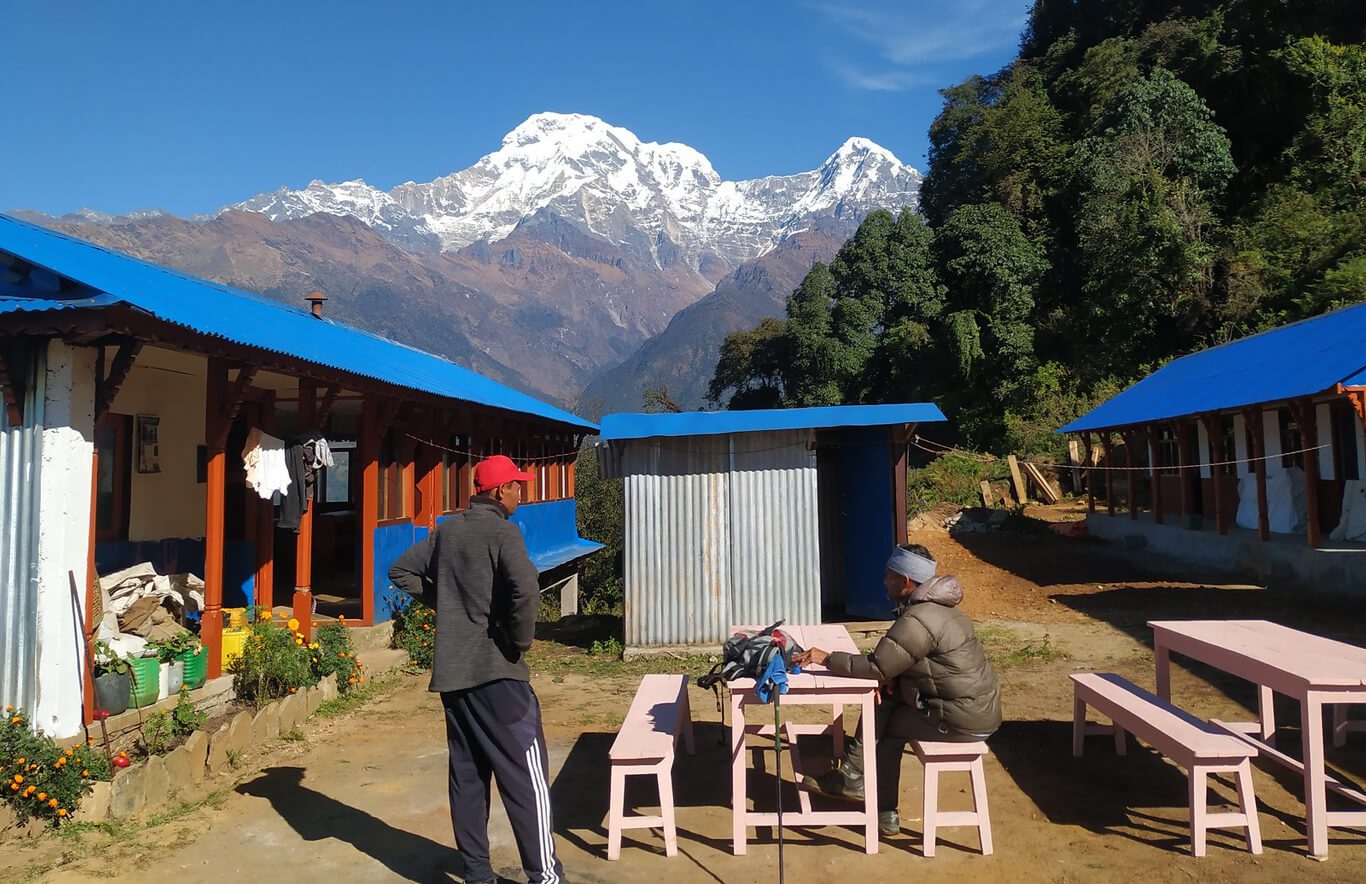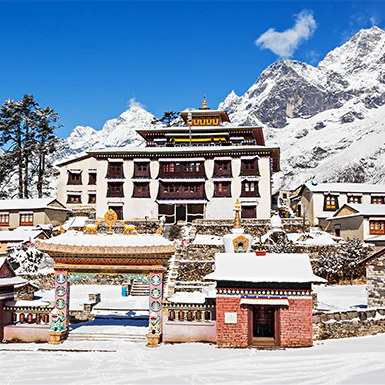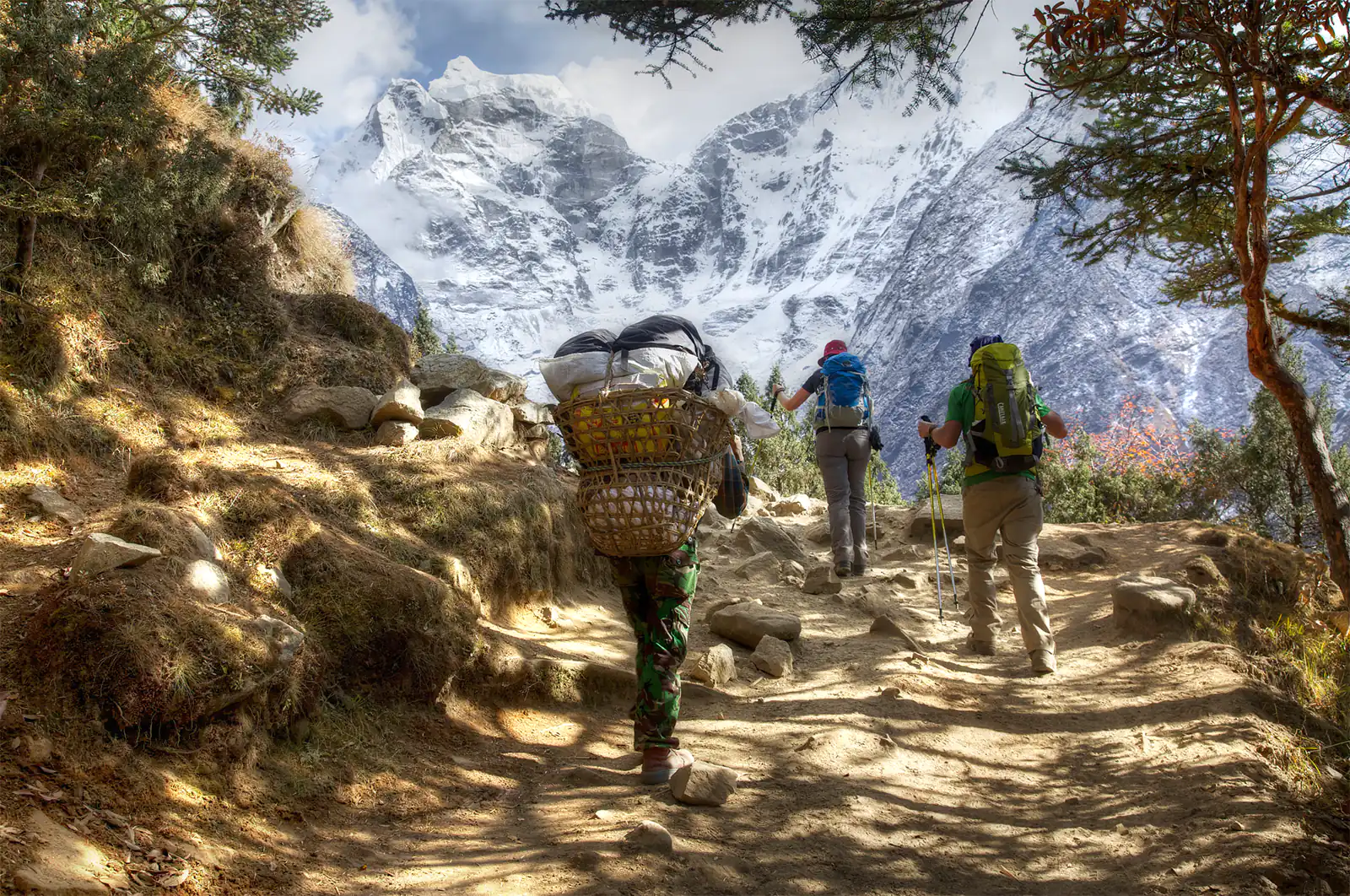The price of the TIMS card doubled.
The tourism board has announced a new policy to streamline the process of issuing Trekkers’ Information Management System (TIMS) cards to all visitors. Under the new policy, all tourists will be issued the same type of TIMS card regardless of their travel plans.
This move comes after discontinuing the previous system, where individuals traveling in groups paid a lower fee of Rs 1,000 (approx. $10) per person. At the same time, solo travelers were required to pay Rs 2,000 (approx. $20) each for their TIMS card. This decision is expected to simplify the process, promote transparency and ensure consistency in the fees charged for TIMS cards.
Tourists planning to visit Nepal should note that the TIMS Card price has recently been raised to 2000 rupees per person. This decision was made with the Ministry of Tourism’s and Finance’s approval. The increase in fees aims to improve the overall travel experience in Nepal and ensure the safety of both tourists and locals. Director Lamichhane assures that the additional revenue generated by the price hike will enhance tourism infrastructure and facilities.
According to Lamichhane, Nepal is committed to ensuring the safety of adventure-seeking tourists traveling to the country’s challenging destinations. The Trekking Information Management System (TIMS) card prices have been standardized to ensure the highest standards.
As part of this process, citizens of SAARC countries will now pay 1000 rupees for the TIMS card, an increase from the previous fee of 600 rupees. The new pricing structure reflects Nepal’s dedication to providing the best possible experiences for travelers while maintaining safety and quality in its adventure tourism industry.
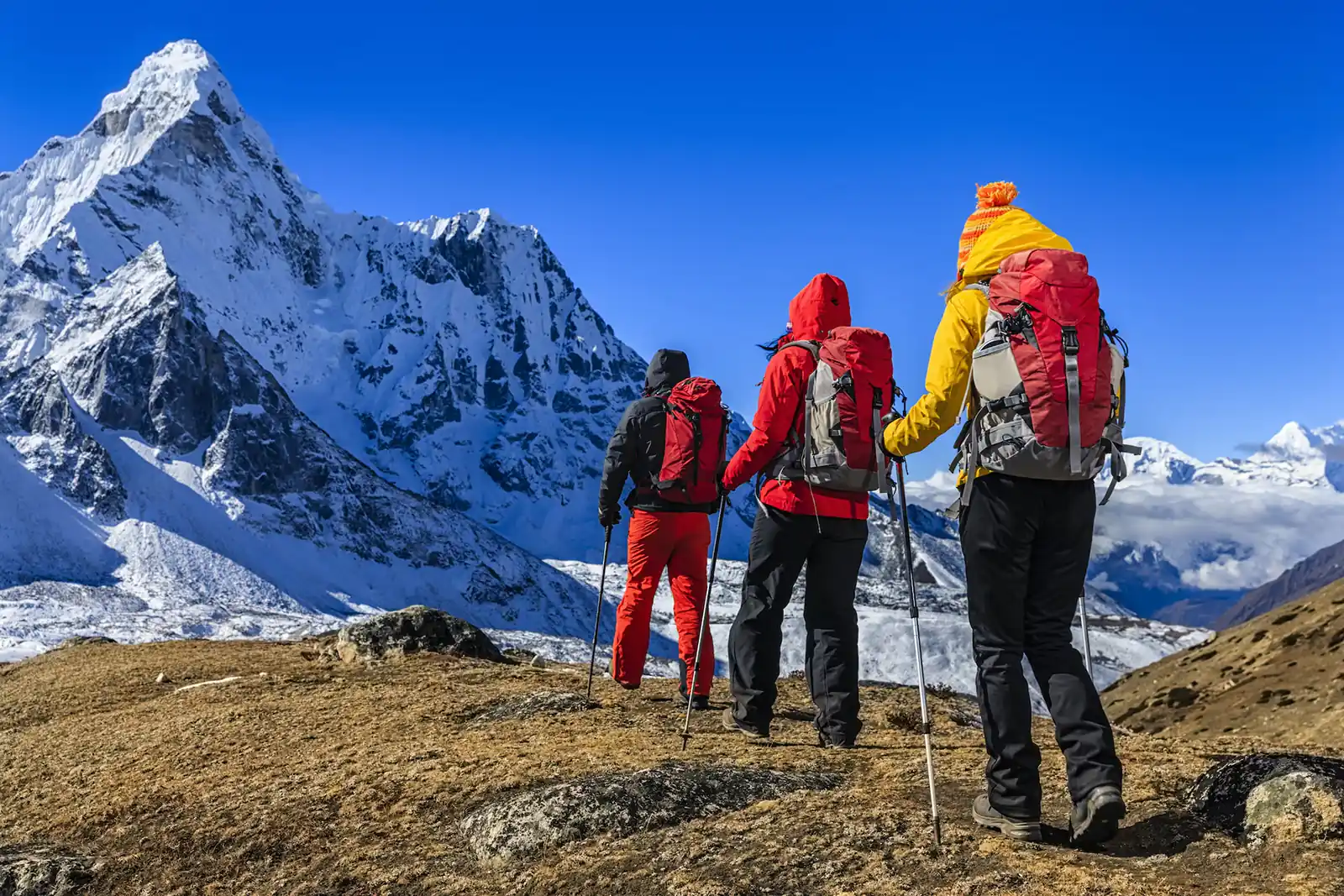
Does this decision infer that the intended location is more expensive than others?
The Board’s recent decision has been anticipated to lead to an escalation in the cost of visiting the destination. Nonetheless, the rationale behind hiking the fees for the TIMS card was thoroughly evaluated and deemed necessary by director Lamichhane. This determination came after a comprehensive review of inputs from tourism entrepreneurs who suggested that the fee must be economically viable yet secure for travelers.
He said,” Sustainable tourism practices have become widely acknowledged globally, where the emphasis has shifted towards ensuring local communities benefit from tourism and obtain employment opportunities. This conscious shift towards tourism does not imply negative connotations towards tourists themselves.”
According to Lamichhane, after extensive consultation with tourism experts, the announcement was made that foreign trekkers who venture alone must now have a guide accompany them. In addition, the price of TIMS will also see an increase.
The TIMS Card procurement process has been made exceedingly simple and convenient, with the option to buy it online.
Obtaining a TIMS card required a personal visit to either the Nepal Tourism Board’s office or the Trekking Agencies Association of Nepal (TAAN). As part of its ongoing effort to streamline procedures and provide greater convenience to stakeholders, the Board has announced its plan to introduce online issuance of the TIMS card. The implementation of these new provisions is scheduled for April 1, 2023.
Source:
Where do I need TIMS Card?
According to the regulations set forth by the Nepal Tourism Board, individuals trekking in the designated areas are required to obtain a TIMS Card and engage the services of a certified guide. It is recommended that interested parties consult with a government-registered trekking company to facilitate the process of obtaining the necessary documentation.
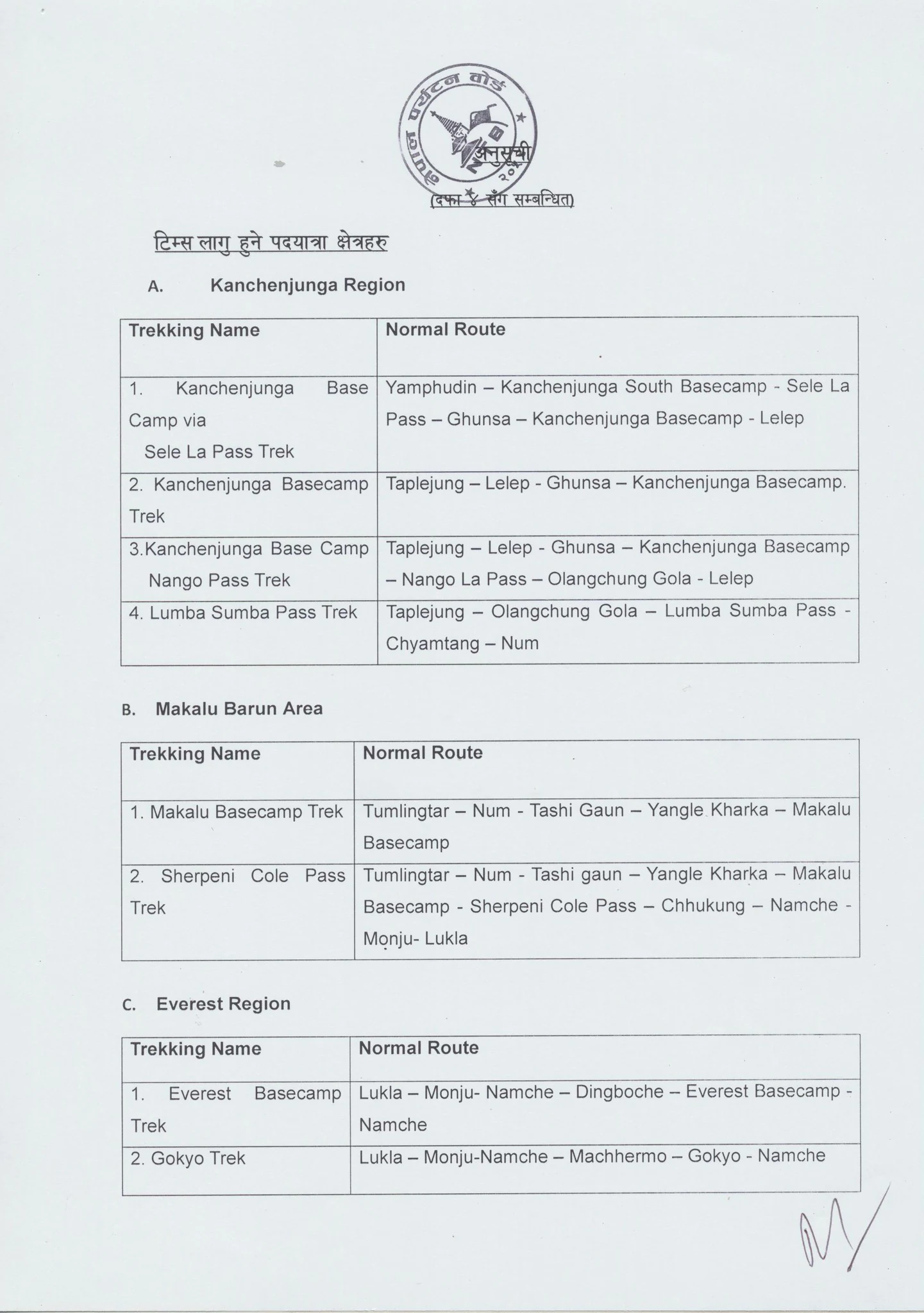
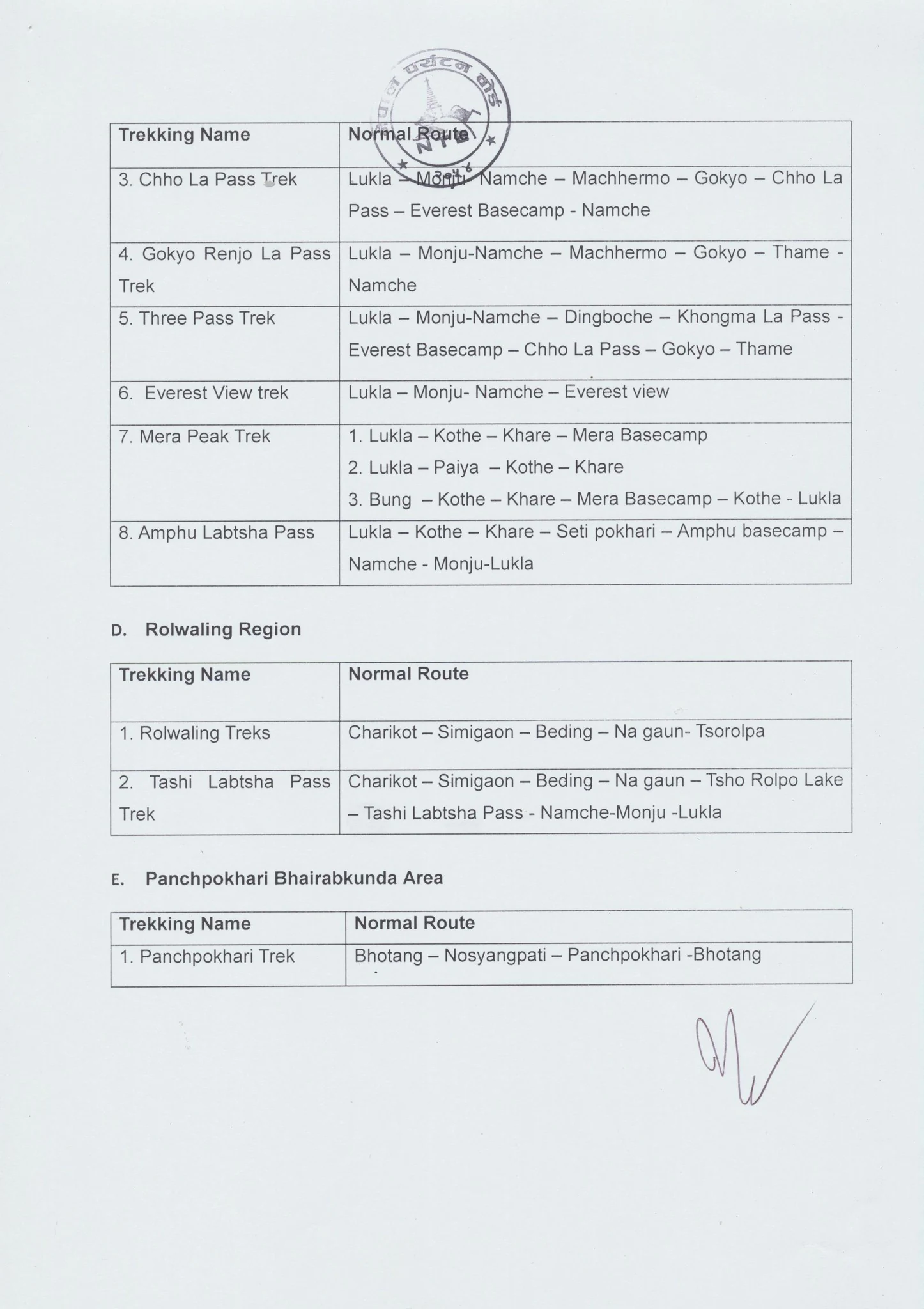
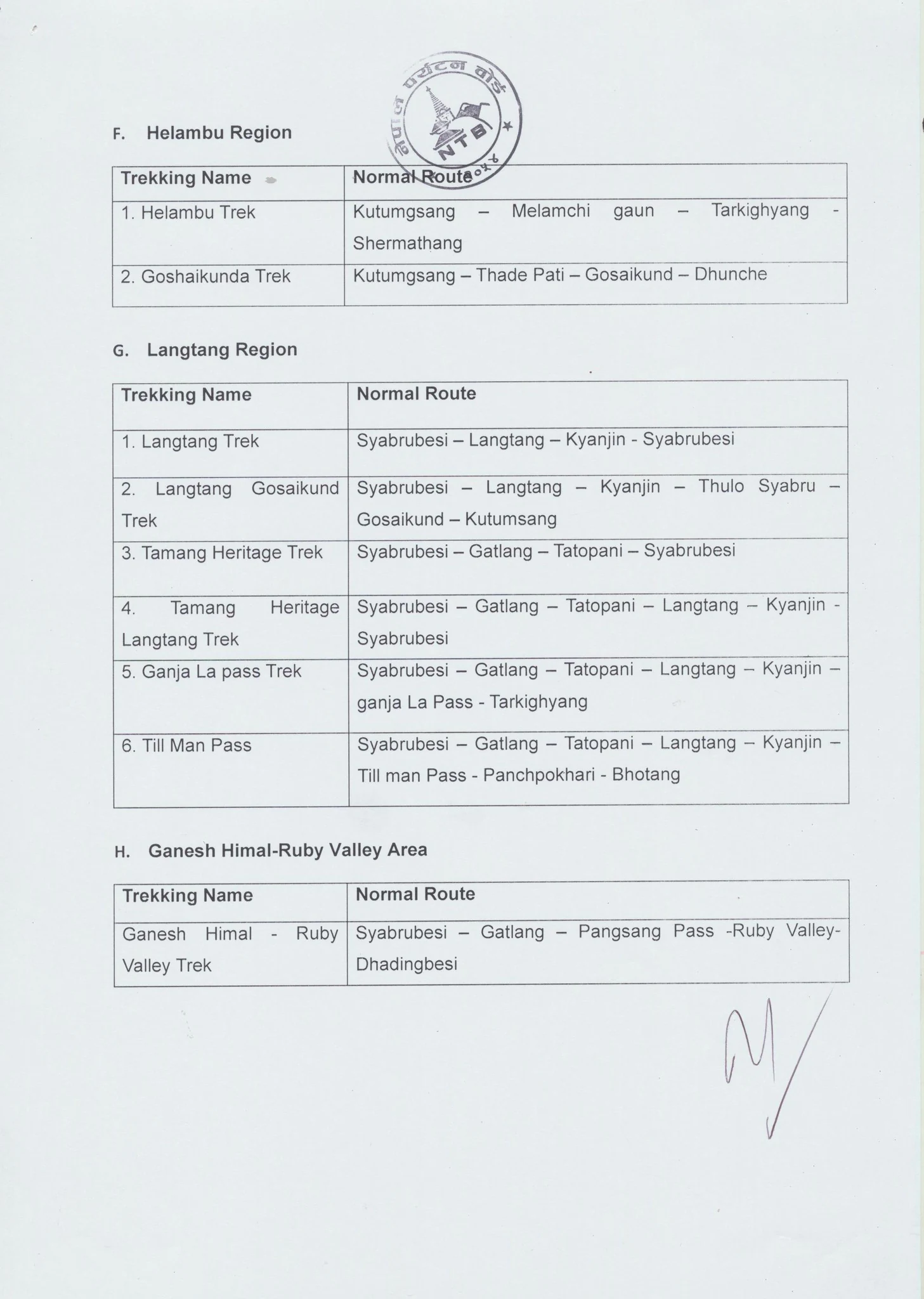
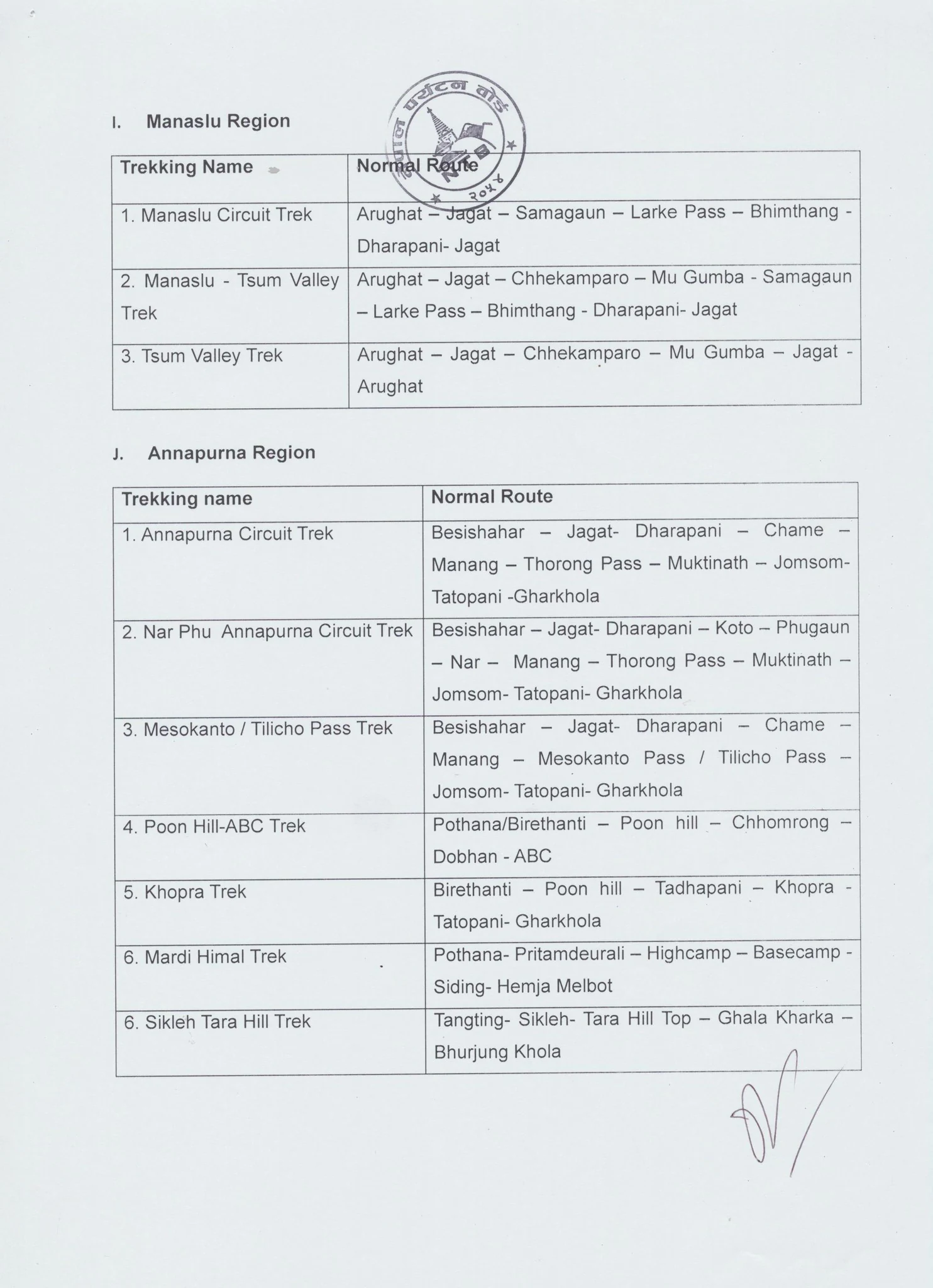
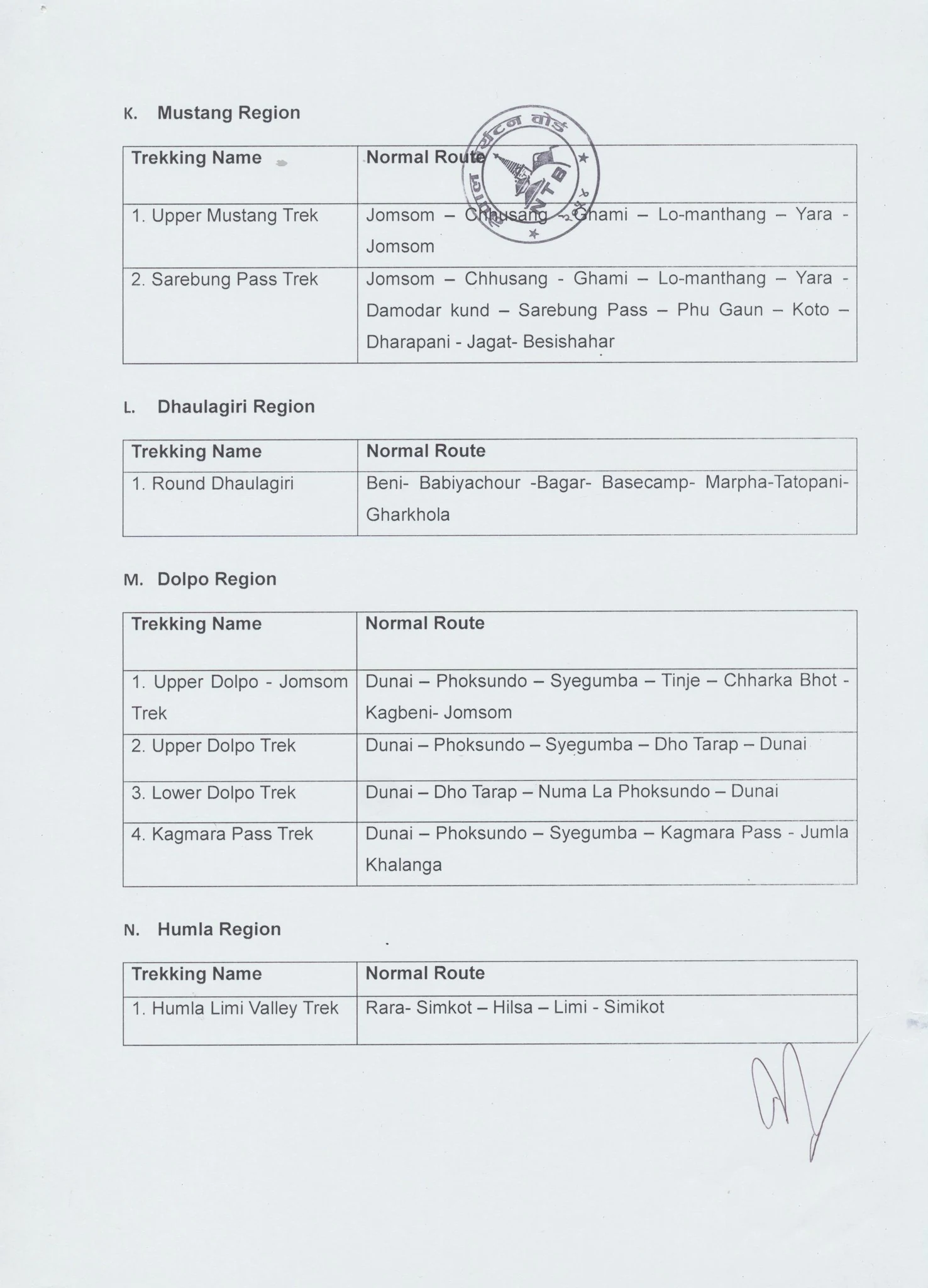
Imposition of Penalties for Trekkers without Guides and TIMS Card
The Nepal Tourism Board has recently announced new guidelines for foreign visitors seeking to embark on trekking expeditions within the country. These guidelines mandate that any foreign tourist who fails to secure a Trekking Information Management System (TIMS) card and engage a certified guide will be subject to significant penalties.
To ensure rigorous compliance with this policy, the Nepal Tourism Board has increased the price of TIMS cards for foreign tourists. These measures have been enacted to uphold Trekking Information Management System management’s highest standards in 2079.
Director of the Nepal Tourism Board, Maniraj Lamichhane, has implemented these provisions to guarantee the safety and well-being of tourists while maintaining optimal services, facilities, and safety protocols.
Penalties for Trekking in Nepal without a Guide
Nepal’s Culture, Tourism, and Civil Aviation Minister, Sudan Kirati, has initiated the implementation of new standards for trekking in the country. Non-compliance with these regulations may result in a fine of 12,000 rupees. If a trekker embarks on a trek without obtaining a TIMS card through their trekking company, the company must purchase a TIMS card and pay a penalty of 10,000 rupees. To ensure compliance with this clause, employees stationed at the TIMS checkpoint shall receive a reward equivalent to 20% of any penalties collected.
New TIMS Cost
Tourists who previously embarked on solo trekking expeditions from third countries were required to pay a fee of 2000 rupees for a TIMS card, while those traveling in groups with a company were charged 1000 rupees. However, there has been a recent policy change. All tourists will now be issued a TIMS card for 2000 rupees regardless of travel arrangements. Trekkers from SAARC countries must pay Rs 1,000 to obtain a TIMS card.
Moreover, it is now mandatory for trekkers to hire a guide through a registered company for the entire trek. Diplomatic delegates, officials, development partner organizations, officials of donor agencies, and their immediate family members (spouses, children) who intend to trek in regions where a TIMS card is required will be charged a fee of 500 rupees per person. To avail oneself of this service, adhering to a specific regulation that necessitates submitting the relevant paperwork to the Trekking Agencies Association of Nepal (TAAN) is imperative. The issuance of TIMS cards has been modernized to an electronic system to expedite the process.
According to the established protocol, once the prescribed documents have been submitted through the TIMS online system, there is no need to re-submit them for the same fiscal year. Furthermore, upon being granted, the TIMS Permit is valid for 90 days from the date of issuance. Recently, the validity of a TIMS permit for a specific hiking area has been extended to include another adjoining area. This decision was made considering several factors, such as rugged terrain, natural calamities, harsh weather conditions, unfavorable health situations, and exceptional circumstances.
Cases when TIMS Not, Needed
For those who aspire to conquer the mountains, obtaining a TIMS permit may not be mandatory if they have obtained permission to do so. However, it is essential to have a valid climbing permit. Moreover, for the safety of climbers, it is highly recommended to acquire a TIMS card as a precautionary measure.
A TIMS card is unnecessary if you plan to explore the hiking trails via helicopter and return the same way. Nevertheless, possessing a TIMS card is mandatory if you embark on or return from a trek. Furthermore, if you are visiting the area for governmental purposes as a member of a donor agency, you will be exempt from the TIMS card fee.
Children under the age of 10 are not required to obtain TIMS permits. Nonetheless, tourists who traverse areas where TIMS are mandatory, such as those driving two-wheeled or four-wheeled vehicles, must provide teams and guides for their journey.
Initiation of emergency search and rescue operations
The Nepal Tourism Board, together with the Trekking Agencies Association of Nepal and other affiliated trekking companies, hold significant expertise concerning the safety of tourists who have set out on trekking expeditions led by TIMS card holders and guides.
Should any unfortunate incident such as injury, illness, death, or loss occur due to natural calamities, unfavorable weather conditions, or other unforeseen circumstances, the emergency search and rescue coordination committee will be activated immediately to commence search and rescue operations.
Update on 03 April 2023
[contact-form-7 id=”6913″ title=”Inquiry From – Blog”]

